Peony Sorbet (Sorbet)
Can peonies surprise you? Of course, yes, provided that these are representatives of a variety that has an exquisite appearance and incredible charm. This is the variety with the sweet name Sorbet, which is loved by both flower growers and landscape designers.
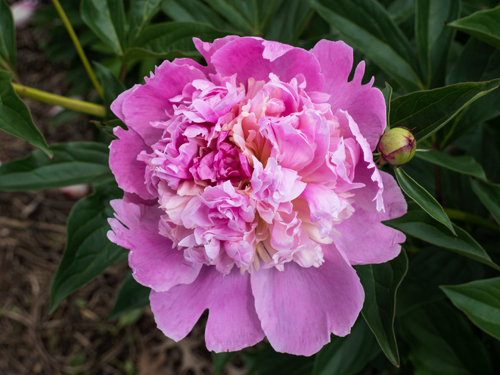
Description of appearance and features
Sorbet belongs to the lactic-flowered group and is a herbaceous plant. It forms a powerful bush of compact size, the height of which is about 90 cm, as is the width. Strong stems of this perennial are prone to branching. The plant is dressed with dark green, complex leaves, which have a regular arrangement and are divided into narrow or large lobes, which makes them seem delicate. In the autumn, the foliage of the peony turns into a crimson hue.
Strong peduncles of an ornamental shrub bear large double cupped flowers. In diameter, Sorbet buds reach 16-18 cm. When blooming, their unusual structure becomes obvious. Each flower consists of petals forming alternating rows of creamy white and pale pink colors. Thus, the inflorescences of the miracle plant are three-layered. By the way, the petals that make up them have a concave shape, and in the middle of the bud are folded into a kind of "skirt". The exquisite perennial flowers, in addition to being extraordinarily attractive, are also very fragrant. In autumn, in place of lush inflorescences, star-shaped leaflet fruits are formed. Each of them develops several oval black seeds with a shiny surface.
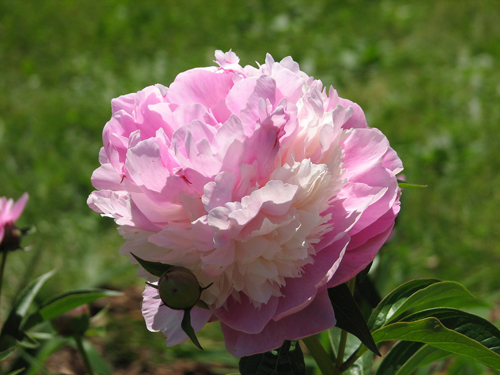
The flowering phase of the peony falls on the first half of June. Sorbet flower stalks are very strong, and therefore do not deform under the weight of large buds. It follows that the shoots do not need to be tied up during the specified period. But it is better to think about a support for a perennial, since the likelihood of the bush disintegrating into parts still remains.
Sorbet variety has high frost resistance. Its shoots and root system do not die at air temperatures down to -40 ° C, even if the snow cover is small. The culture is characterized by an average degree of protection from harmful insects and diseases.
Growing and care
The place for placing decorative flowering shrubs on the site should be chosen taking into account the following plant requirements: good illumination, reliable protection from drafts; deep groundwater in the area where Sorbet is planned to be planted. The peony needs a loose, fertile soil with a slightly acidic reaction. Ideally, this should be loam.
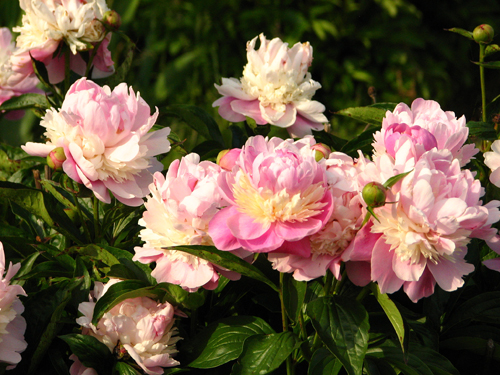
Planting Sorbet is pretty easy. At the chosen place, a hole is dug up to half a meter wide and deep. A layer of drainage material is laid at the bottom of the pit, then humus is added, sand and peat are added for looseness, followed by fertilizers. From above, the pit is covered with soil. The plant is planted in a week.
The handsome peony needs regular watering. Water consumption for one shrub is 2-3 buckets. They take the moisture that has been settled and make sure that it does not get on the foliage and flowers. From time to time, loosening of the soil is carried out.
In order for your pet to please the eye with lush flowering, you need to carry out annual feeding. In the spring, organic fertilizers are applied to the soil under the plant. Before the formation of buds, the Sorbet is fed with a mineral concentrate. When the perennial bloom, the soil under it is fed with liquid complex fertilizers. In late autumn, the bush is cut short. Young specimens are additionally covered with sawdust and spruce branches.
Use cases
Landscaping uses the attractive perennial Sorbet to create hedges to divide the garden into zones, house entrances and artificial ponds. Peonies are also planted to create a flower arrangement in the front garden.They look great in a company with miniature conifers and decorative deciduous crops, as well as in mixborders. Sorbet is very good at cutting: its flowers can stand in a vase of water for up to two weeks.

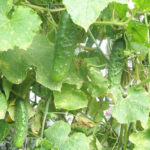



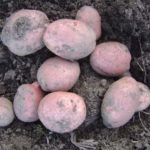



I read the article and thought that we are talking about some kind of pampered plant: it cannot have a draft, and the level of groundwater must be monitored, and much more, but this is not at all the case. The variety is surprisingly not capricious and easy to care for: I propagate it with a shovel, plant it in any free place, water it with ordinary tap water from a hose, after flowering I cut off almost all the leaves, I never feed it with anything, and despite all my barbarism, peonies annually bloom chic and long lasting. Love.
In my opinion, everything is not so simple. I have two identical bushes - delenki from one mother plant, planted in the same soil, the preparation of the planting pit is identical, the lighting conditions are the same. One has been blooming very luxuriantly for three years now, you have to tie up the stems so that they do not break from the severity of the buds, and the other does not even show one flower, only the leaves grow thickly. I had to dig up and replant the peony again, now I'm waiting for spring.